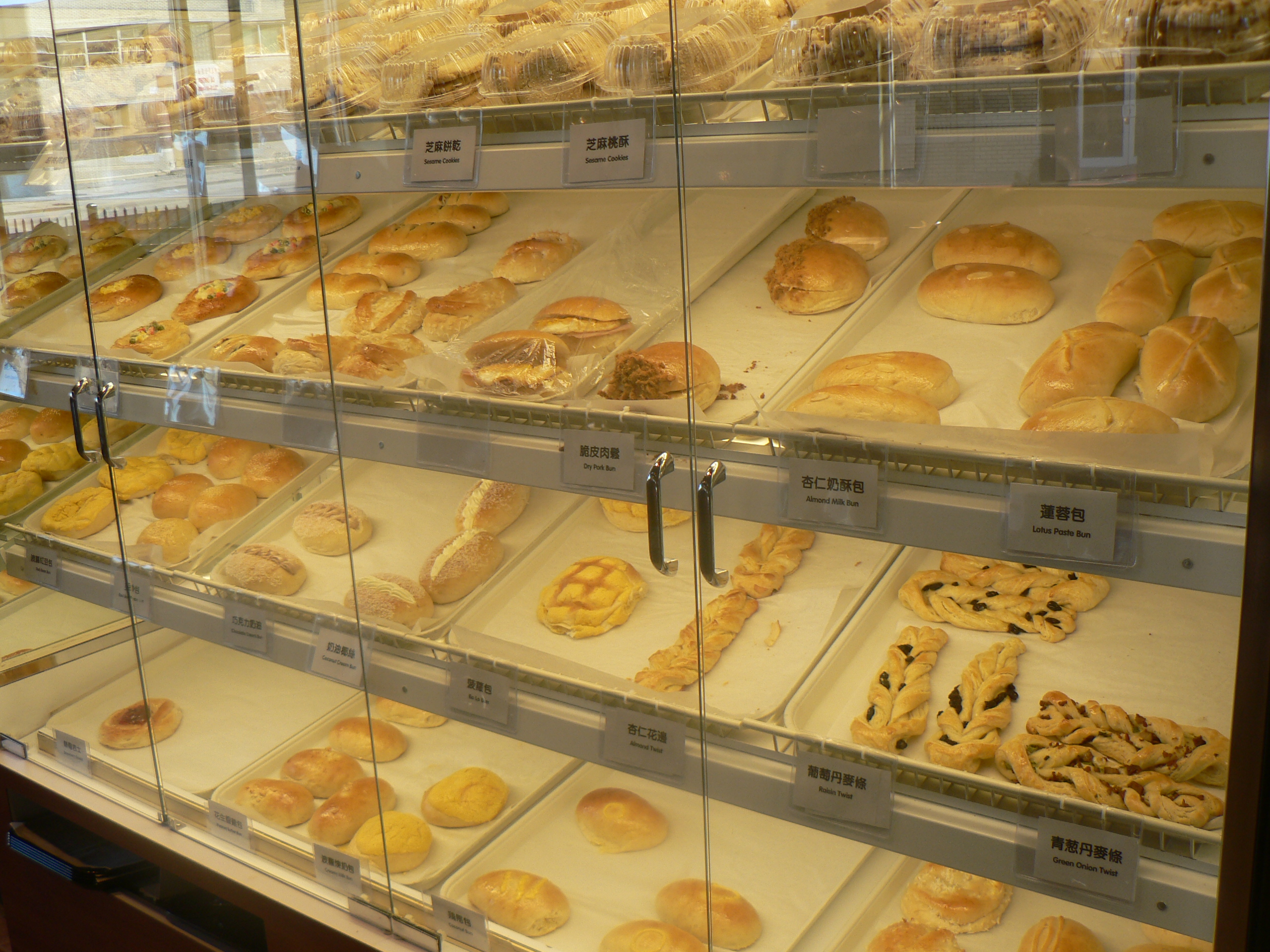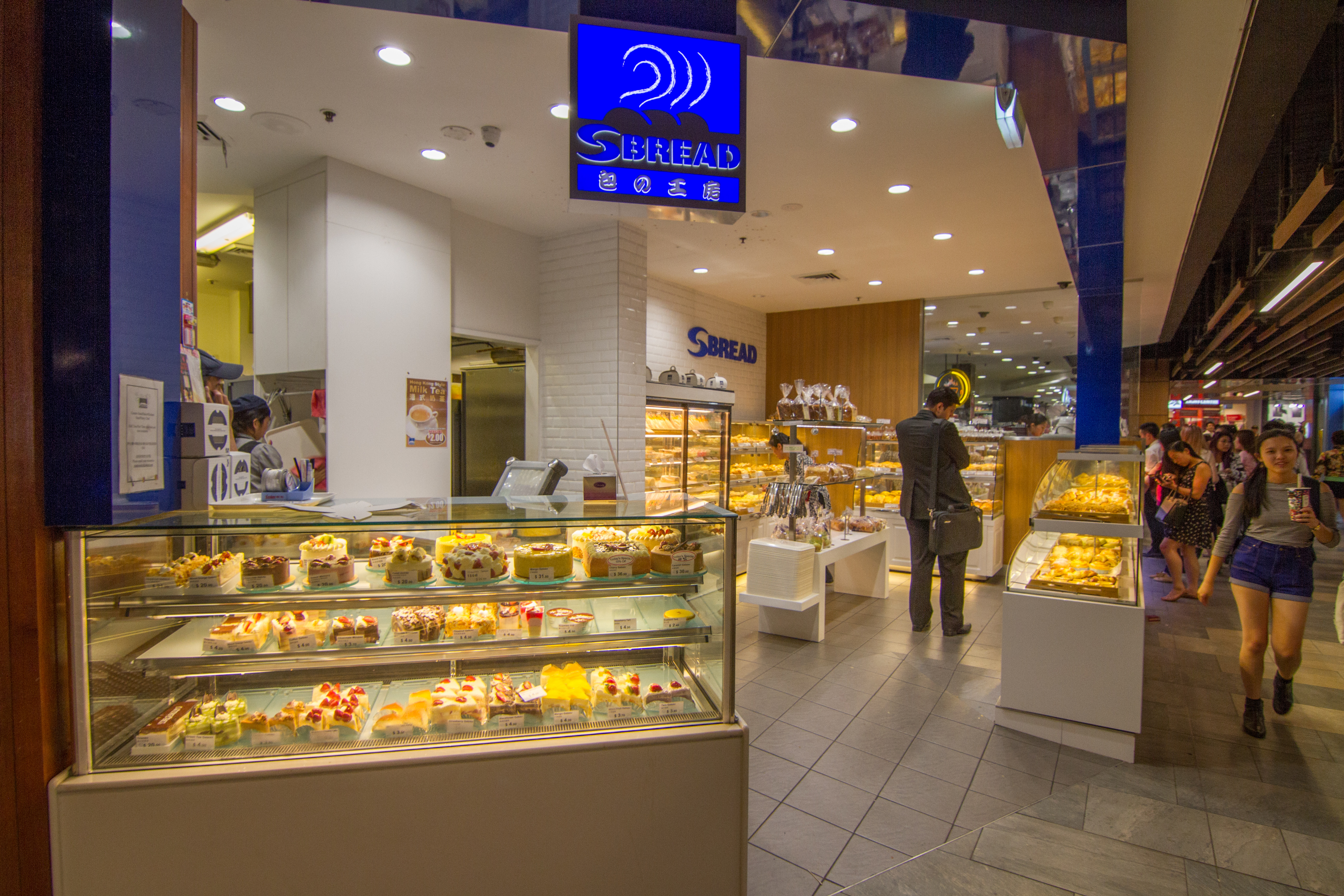|
Curry Beef Turnover
A curry beef turnover or curry puff is a type of Chinese pastry. The pastry is shaped in a half-moon crescent. It has curry beef filling in the center and is also crunchy on the outside. The outer shell is crispy and flaky. It is one of the standard pastries in Hong Kong. They are also available in Chinese bakeries. See also *Curry puff, Southeast Asian pastry *Samosa * Crab rangoon *List of pastries pastry, Pastries are small buns made using a stiff dough enriched with fat. Some dishes, such as pies, are made of a pastry casing that covers or completely contains a filling of various sweetness, sweet or Umami, savory ingredients. The six basi ... References {{pastries Taiwanese cuisine Beef dishes East Asian curries Savoury pies Hong Kong cuisine Chinese pastries Curry dishes ... [...More Info...] [...Related Items...] OR: [Wikipedia] [Google] [Baidu] |
Hong Kong
Hong Kong)., Legally Hong Kong, China in international treaties and organizations. is a special administrative region of China. With 7.5 million residents in a territory, Hong Kong is the fourth most densely populated region in the world. Hong Kong was established as a colony of the British Empire after the Qing dynasty ceded Hong Kong Island in 1841–1842 as a consequence of losing the First Opium War. The colony expanded to the Kowloon Peninsula in 1860 and was further extended when the United Kingdom obtained a 99-year lease of the New Territories in 1898. Hong Kong was occupied by Japan from 1941 to 1945 during World War II. The territory was handed over from the United Kingdom to China in 1997. Hong Kong maintains separate governing and economic systems from that of mainland China under the principle of one country, two systems. Originally a sparsely populated area of farming and fishing villages,. the territory is now one of the world's most signific ... [...More Info...] [...Related Items...] OR: [Wikipedia] [Google] [Baidu] |
Pastry
Pastry refers to a variety of Dough, doughs (often enriched with fat or eggs), as well as the sweet and savoury Baking, baked goods made from them. The dough may be accordingly called pastry dough for clarity. Sweetened pastries are often described as ''Flour confections, baker's confectionery''. Common pastry dishes include pies, tarts, quiches, croissants, and Turnover (food), turnovers. The French word pâtisserie is also used in English (with or without the accent) for many of the same foods, as well as the set of techniques used to make them. Originally, the French word referred to anything, such as a meat pie, made in dough (''paste'', later ''pâte'') and not typically a luxurious or sweet product. This meaning still persisted in the nineteenth century, though by then the term more often referred to the sweet and often ornate confections implied today. Definitions The precise definition of the term pastry varies based on location and culture. Common doughs used to make ... [...More Info...] [...Related Items...] OR: [Wikipedia] [Google] [Baidu] |
Turnover (food)
A turnover is a small pie, made by placing a filling on a piece of pastry dough. The dough is then folded over and sealed, and is then cooked by either baking or frying. Turnovers can be sweet or savoury and are often eaten as a sort of portable meal or dessert. Throughout the world, turnovers are known by different names, for example in Spanish speaking countries they are known as empanada, while pasty, originally a Cornish term, has spread across the globe. It is common for sweet turnovers to have a fruit filling and be made with a puff pastry or shortcrust pastry dough and covered with icing. Savoury turnovers generally contain meat, vegetables or a mixture of both, and can be made with any sort of pastry dough. Savoury turnovers are often sold as convenience foods in supermarkets. Fillings Common turnover fillings include fruits such as apples, peaches and cherries, meats like chicken, beef and pork, vegetables such as potatoes, broccoli and onions, and savoury ingredient ... [...More Info...] [...Related Items...] OR: [Wikipedia] [Google] [Baidu] |
Chinese Pastry
Chinese bakery products ( or ) consist of pastries, cakes, snacks, and desserts of largely Chinese origin, though some are derived from Western baked goods. Some of the most common "Chinese" bakery products include mooncakes, sun cakes (Beijing and Taiwan varieties), egg tarts, and wife cakes. Chinese bakeries are present in countries with ethnic Chinese people, and are particularly common in Chinatowns. The establishments may also serve tea, coffee, and other drinks. Bakery types There are regional differences in cities with large Chinese presences, particularly those in Asia like Singapore, Kuala Lumpur, Penang, Ipoh, Jakarta, Manila, and Bangkok. Bakery fillings especially may be influenced by Indonesia, Malaysia, the Philippines, or Thailand. In North America, the largest Chinatowns, such as San Francisco, Vancouver, New York, and Toronto, have the widest range of offerings, including influences from France, Italy, Japan, and Mexico. There are also large overlaps in the p ... [...More Info...] [...Related Items...] OR: [Wikipedia] [Google] [Baidu] |
Curry Powder
Curry powder is a spice mix for curry originating from the Indian subcontinent, adapted from but not to be confused with the native spice mix of garam masala. History As commercially available in Western markets, curry powder is comparable to the traditional Indian spice mixture known as ''garam masala'' ('warm spices'). Conceived as a ready-made ingredient intended to replicate the flavor of an Indian sauce, it was first sold by Indian merchants to British traders. Curry powder was used as an ingredient in 18th-century British recipe books, and commercially available from the late 18th century, with brands such as Crosse & Blackwell and Sharwood's persisting to the present. In Australia, a common curry spice is Keen’s curry powder. The ingredient "curry powder", along with instructions on how to produce it, are also seen in 19th-century US and Australian cookbooks, and advertisements. British traders introduced the powder to Meiji Japan, in the mid-19th century, ... [...More Info...] [...Related Items...] OR: [Wikipedia] [Google] [Baidu] |
Chinese Bakeries
Chinese bakery products ( or ) consist of pastries, cakes, snacks, and desserts of largely Chinese origin, though some are derived from Western baked goods. Some of the most common "Chinese" bakery products include mooncakes, sun cakes (Beijing and Taiwan varieties), egg tarts, and wife cakes. Chinese bakeries are present in countries with ethnic Chinese people, and are particularly common in Chinatowns. The establishments may also serve tea, coffee, and other drinks. Bakery types There are regional differences in cities with large Chinese presences, particularly those in Asia like Singapore, Kuala Lumpur, Penang, Ipoh, Jakarta, Manila, and Bangkok. Bakery fillings especially may be influenced by Indonesia, Malaysia, the Philippines, or Thailand. In North America, the largest Chinatowns, such as San Francisco, Vancouver, New York, and Toronto, have the widest range of offerings, including influences from France, Italy, Japan, and Mexico. There are also large overlaps in the p ... [...More Info...] [...Related Items...] OR: [Wikipedia] [Google] [Baidu] |
Curry Puff
A curry puff (; Jawi: ; ; , , ) is a snack of Southeast Asian origin. It is a small turnover containing a filling of curry, often of chicken and potatoes, in a fried or baked pastry shell. The consistency of the curry is quite thick to prevent it from oozing out of the snack. ''Pap'' or ''puff'' reflects the Fujian Chinese dialect (''pop''), which means 'bubble, blister, puffed'. It contains influences from Indian, Malay and Chinese cuisines. Many variations of the snack exist throughout Southeast Asia and India, where it is a popular snack food. Although its origins are uncertain, the snack is believed to have developed in maritime Southeast Asia due in part to the various influences of the British Cornish pasty, the Portuguese empanada and the South Asian samosa during the colonial era. The curry puff is one of several "puff"-type pastries with different fillings, though now it is by far the most common. Other common varieties include eggs, sardines, root vegetables and o ... [...More Info...] [...Related Items...] OR: [Wikipedia] [Google] [Baidu] |
Samosa
A samosa () () (Hindi: समोसा) ( Persian: سمبوسه) is a fried South Asian and West Asian snack. It is a pastry with a savory filling that mostly consists of vegetables like spiced potatoes, onions, and peas, but can also include meat or fish, or even cheese. Its name originates from the Persian word sambosag (''سنبوسگ'') (meaning 'triangular pastry'). It is made in different shapes, including triangular, cone, or crescent, depending on the region. Samosas are often accompanied by chutney, and have origins in medieval times or earlier. Sweet versions are also made. Samosas are a popular entrée, appetizer, or snack in the cuisines of India, South Asia, Southeast Asia, West Asia, Central Asia, Portugal, East Africa and their South Asian diasporas. Etymology The English word ''samosa'' derives from the Hindustani word (, ), traceable to the Middle Persian word () [...More Info...] [...Related Items...] OR: [Wikipedia] [Google] [Baidu] |
List Of Pastries
pastry, Pastries are small buns made using a stiff dough enriched with fat. Some dishes, such as pies, are made of a pastry casing that covers or completely contains a filling of various sweetness, sweet or Umami, savory ingredients. The six basic types of pastry dough (a food that combines flour and fat) are shortcrust pastry, filo pastry, choux pastry, flaky pastry, puff pastry and suet pastry. Doughs are either nonlaminated, when fat is cut or rubbed into the flour, or else laminated dough, laminated, when fat is repeatedly folded into the dough using a technique called lamination. An example of a nonlaminated pastry would be a pie or tart crust, and brioche. An example of a laminated pastry would be a croissant, danish pastry, danish, or puff pastry. Many pastries are prepared using shortening, a fat food product that is solid at room temperature, the composition of which lends to creating crumbly, shortcrust-style pastries and pastry crusts. Pastries were first created by the ... [...More Info...] [...Related Items...] OR: [Wikipedia] [Google] [Baidu] |
Taiwanese Cuisine
Taiwanese cuisine ( or ) is a popular style of food with several variations, including Chinese cuisine, Chinese and that of Taiwanese indigenous peoples, with the earliest cuisines known of being the indigenous ones. With over a hundred years of historical development, southern Fujian cuisine has had the most profound impact on mainstream Taiwanese cuisine but it has also been influenced by Hakka cuisine, the cuisines of the ''waishengren'' (people of other provinces), and Japanese cuisine. Taiwan's cuisine is tied to its history of colonization and modern politics makes the description of Taiwanese cuisine difficult. As Taiwan developed economically fine dining became increasingly popular. Taiwanese cuisine has significant regional variations. Night markets in Taiwan form a significant part of the food culture. Vegetarian and vegan food are very common. Taiwanese cuisine is popular around the world with some items like bubble tea and Taiwanese fried chicken becoming global pheno ... [...More Info...] [...Related Items...] OR: [Wikipedia] [Google] [Baidu] |
Beef Dishes
Beef is the culinary name for meat from cattle (''Bos taurus''). Beef can be prepared in various ways; cuts are often used for steak, which can be cooked to varying degrees of doneness, while trimmings are often ground or minced, as found in most hamburgers. Beef contains protein, iron, and vitamin B12. Along with other kinds of red meat, high consumption is associated with an increased risk of colorectal cancer and coronary heart disease, especially when processed. Beef has a high environmental impact, being a primary driver of deforestation with the highest greenhouse gas emissions of any agricultural product. In prehistoric times, humans hunted aurochs and later domesticated them. Since that time, numerous breeds of cattle have been bred specifically for the quality or quantity of their meat. Today, beef is the third most widely consumed meat in the world, after pork and poultry. As of 2018, the United States, Brazil, and China were the largest producers of beef. Some ... [...More Info...] [...Related Items...] OR: [Wikipedia] [Google] [Baidu] |






